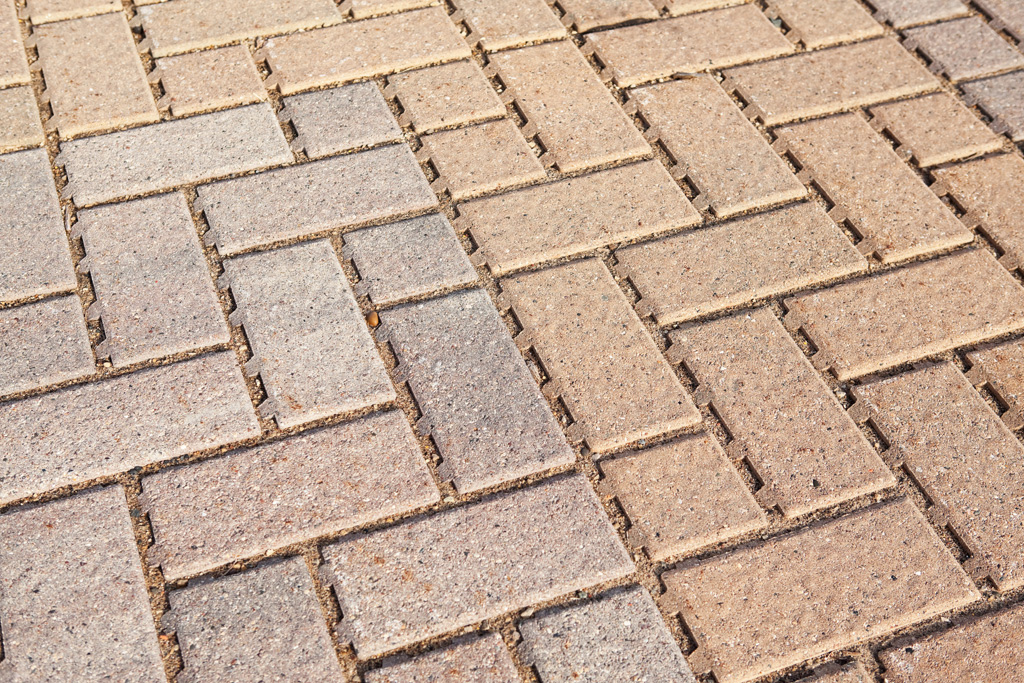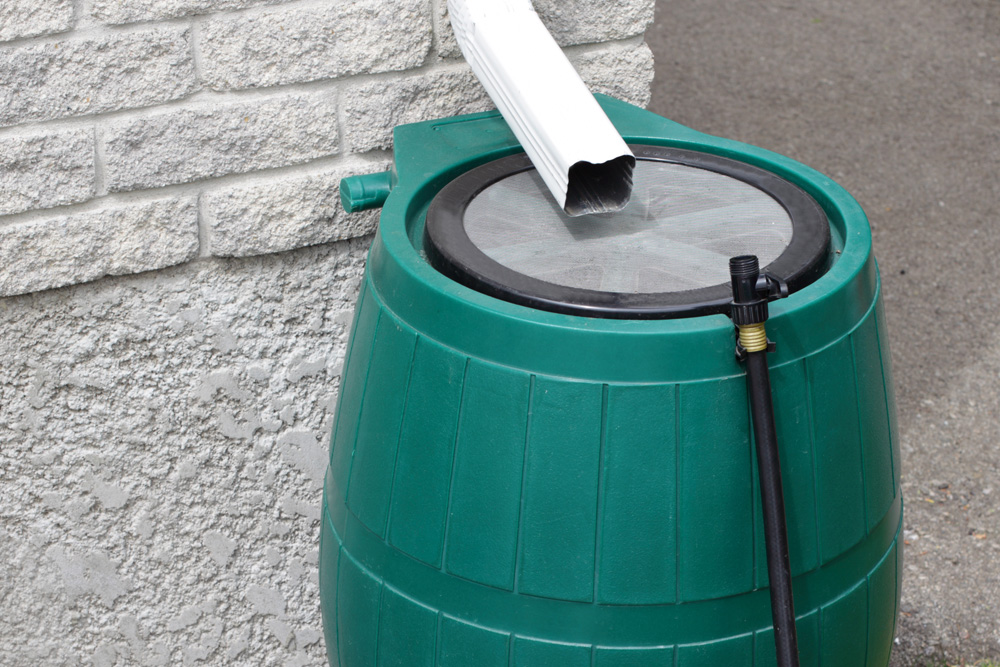Take Action: Capture Water
Install Permeable Surfaces
Install permeable surfaces to allow water to be absorbed into the underlying soil and runoff to be reduced
Permeable pavement allows water to soak through paved surfaces and seep into the ground, which reduces water runoff and helps remove pollutants. Permeable materials include interlocking pavers, pervious asphalt, and pervious concrete. Once installed, these materials reduce flooding, recharge groundwater supplies, and prevent pollutants from getting into our waterways.

Who Should do This?
If you are replacing a large impervious surface or constructing a new permeable one that is intended to support vehicle loads (like a driveway), professional help may be required. If you are updating or adding to areas like patios or garden walkways, you may be able to handle the installation yourself. Installing permeable surfaces can be done at any time of year.
How Long will it Take?
Amount of time will vary based on your project type and if you are replacing old surfaces or only adding new ones. If it is a small project, it may take a weekend; if it is a large project, it may take a week or more.
How Much does it Cost?
Cost depends on the type of permeable surface chosen and size of the project. Estimates range from $0.50-$1.00/square foot for low weight capacity porous asphalt to $11.00/square foot for concrete pavers.
What are the Benefits?
- Utilizes rainwater resources more efficiently by keeping water onsite for plants
- Reduces amount of runoff going into storm drains
- Reduces pollutants in waterways
What is needed to get started?
- Permission to dig – call 811 to find out
- Shovels
- Gravel/sand
- Permeable surface
- Hardscape base dependent on soil type
- Equipment for demolition (if replacing existing surface)
Did You Know?
Replacing impervious surfaces with permeable surfaces helps to re-establish a natural hydrologic balance. In urban environments with many impermeable surfaces like roofs and roadways, water runs directly through to storm drains, bypassing natural soil filtration, and carrying pollutants with it. Swapping in permeable surfaces allows the water to soak into the ground, helping to filter out pollutants and recharge water supplies.
Resources
Information on permeable surfaces, including types, cost, and retailers: click here.
Guidelines for designing and installing a permeable surface: click here.
General information on permeable surfaces: click here.
